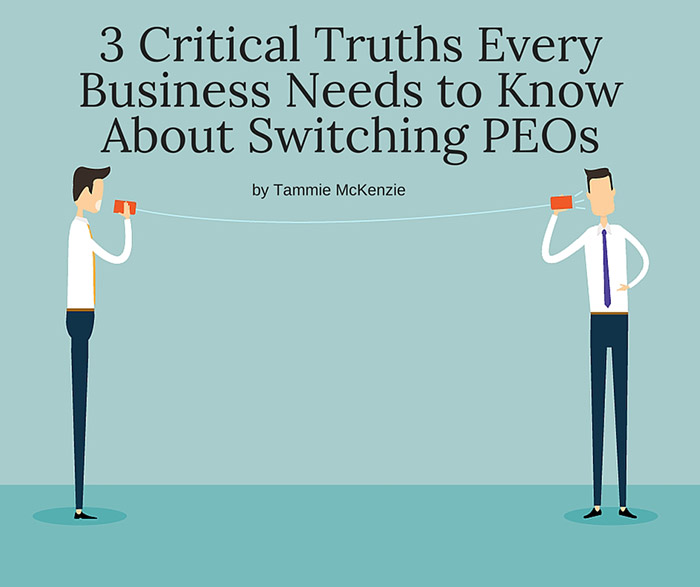The following three tips could potentially save your business lots of time and money.
Timing is Everything
In the PEO industry, timing can be everything. Much of the core workload for a PEO is administrative, and HR duties such as payroll and managing employee benefits require more attention towards the end of the year. Therefore, if you’re a company looking to make a PEO change by January, it is best to start looking the last quarter of the year. Signing a new agreement early in November for a January start date, helps to eliminate mistakes that can happen due to the rush at the end of the year. Therefore, if you want to make a change for January, start looking in September or October.
PEOs are NOT employee leasing companies. (They also are NOT temp agencies).
Many firms make the common mistake of conflating PEOs with employee leasing companies. Some self-proclaimed experts even use the terms interchangeably. In reality, the two types of outsourcing arrangements function quite differently, with critical ramifications for companies looking to drop their old HR providers for new ones. In a PEO arrangement, a client’s employees are their own. While technically employed under a PEO’s umbrella, when a PEO-client contract is terminated all employees revert to the client company. In an employee leasing scheme, workers work exclusively for the leasing company. That means that when a relationship with a client company comes to an end, the employee leasing company takes all of its workers with it, leaving former clients with somewhat of a labor shortage.
In the same vein, PEOs are NOT temp agencies. While PEOs may recruit, screen, hire, manage, and even terminate employees, they do NOT provide labor to the worksite. They simply co-employ an existing permanent workforce.
Get a proper PEO Evaluation
I would say the most important piece of advice a business can take away from this article is to get a proper PEO Evaluation. Too often, either because of poor communications or hasty decision-making, customers terminate existing relationships for new ones only to face the same issues and the same sticking points. Or they make some change hoping to cut costs, only to see their benefits packages slashed, their health premiums increased, or some other aspect of their service compromised. As a rule of thumb, if you like your PEO don’t dump them. Instead, work out issues by engaging in a constructive dialog with a PEO broker who knows what can be done and will provide you with good and trustworthy advice. A PEO is often more than willing to work with you to address the issues you identify, including pricing, quality of service, and transparency of operations. I recommend a change only after a careful consideration of needs and wants, engagement with the existing HR provider, and a strategic plan to move forward.
The consequences of fumbling the transition from one PEO to another can be devastating. Avoid the needless but common pitfalls by getting an annual PEO evaluation by a PEO broker you trust.
